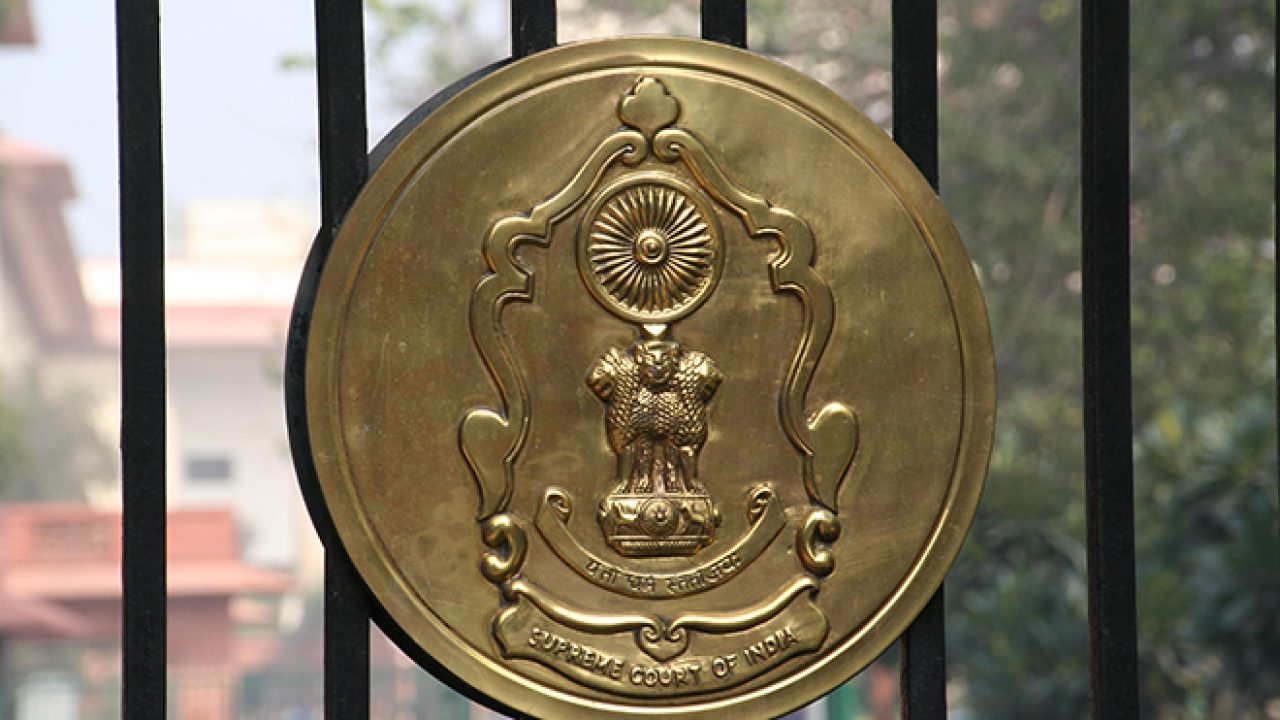Kashish Jain
Insolvency and Bankruptcy Code, 2016 is legislation that is aimed at the timely resolution of corporate debtors who have defaulted in their payment to their creditors, Said Corporate Debtor will have to undergo a rather grueling process in the form of the Corporate Insolvency Resolution Process (CIRP).
The resolution professional must collate all the outstanding claims from the classes of creditors against corporate debtors, once the corporate debtor has been admitted to the CIRP.
Once such claims have been crystallized, the IBC allows for interested parties (also called the “resolution applicant”) to submit their respective resolution plans. These plans also include the treatment of the aforementioned claims.
A body of Financial creditors then votes on these plans in the most commercially viable manner. It is the most successful resolution plan that carries through the transition of the corporate debtor into the new entity.
In the entirety of this process, an interesting issue has come to notice. In so far, most resolution plans provide for what is called the ‘haircut’ in a payment to the creditors.
The Supreme Court was presented with a batch of matters wherein it set out to clarify certain aspects of the Law concerned.
In the very recent case of Ghanshyam Mishra v. EARC & Ors, the court held that once a Resolution plan is duly approved by the Adjudicating Authority under Section 31, the claims provided in the resolution plan shall be binding on all creditors.
On the date of approval of the resolution plan by the Adjudicating Authority, all claims that are not a part of the resolution plan will be extinguished which will leave no person to be entitled to initiate or continue any proceedings concerning the claim.
The Court also held that the Amendment made to Section 31 of the IBC is “clarificatory and declaratory in nature” and therefore will come into effect from the date from which the I&B Code came to be effective.
The Court also held that all the dues owed to the Central Government, State Government, or Local authorities (if not a part of the resolution plan) will stand extinguished. No proceedings will be allowed to be initiated in such regard for the period before the date on which the Adjudicating Body gives it approval under Section 31.
The Intent behind the I&B Code was to permit a restructuring process enabling the liability of corporate debtor is reset to enable new management to begin with a clean slate thus allowing for the revival of the business of the corporate debtor. This decision of the Supreme Court furthers the Objectives the Act originally set out to achieve.

